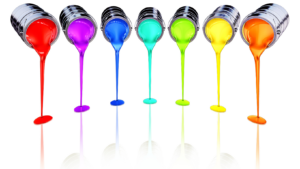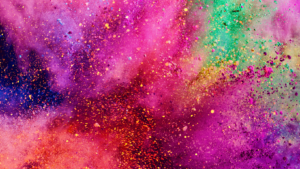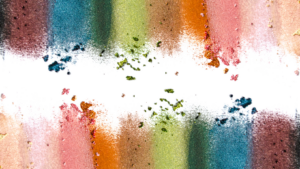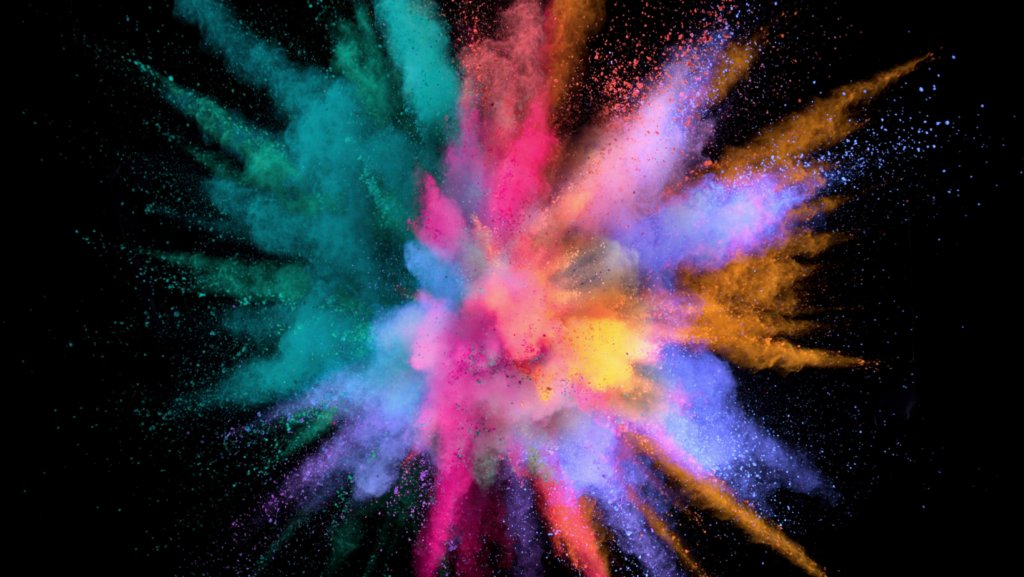In the vibrant spectrum of colors, blue and red hold unique significance. They’re more than just primary colors; they’re symbols that trigger a range of emotions and associations. In this article, we’ll delve into the intriguing correlation suggested by the equation blue:uaubnlwtyh8= red.
Unraveling this equation might seem like a challenge, but it’s a journey worth embarking on. We’ll explore the depths of these colors, their symbolic interpretations, and how they intertwine in various contexts. Stay tuned as we decode the fascinating world of colors and their connotations.
Bblue:uaubnlwtyh8= Red
 Pursuing the exploration into the alluring world of colors, we delve into the crux of the equation “blue:uaubnlwtyh8= red”. This equation holds a remarkable symbolism that takes us past the conventional outlook on colors as mere visual experiences. Here, blue and red aren’t depicted as primary colors anymore, they expose a more profound correlation, carrying an element of surprise. As part of the journey, we unravel the cryptic yet evocative nature of “blue:uaubnlwtyh8= red”. It’s not just a mathematical equation rather, it enriches the narrative of colors, embedding them with deeper connotations. This equation is a doorway to discover the intriguing intersections where the somberness of blue meets the zest of red.
Pursuing the exploration into the alluring world of colors, we delve into the crux of the equation “blue:uaubnlwtyh8= red”. This equation holds a remarkable symbolism that takes us past the conventional outlook on colors as mere visual experiences. Here, blue and red aren’t depicted as primary colors anymore, they expose a more profound correlation, carrying an element of surprise. As part of the journey, we unravel the cryptic yet evocative nature of “blue:uaubnlwtyh8= red”. It’s not just a mathematical equation rather, it enriches the narrative of colors, embedding them with deeper connotations. This equation is a doorway to discover the intriguing intersections where the somberness of blue meets the zest of red.
Expounding “blue:uaubnlwtyh8= red” involves dissecting its elements and their contextual relevance. It’s through this deconstruction that its complexities can be laid bare, showcasing nuances often unnoticed. Furthermore, the exploration unravels the emotional impacts of these hues, revealing how they subtly interact with our senses.
Taking a closer look at “blue:uaubnlwtyh8= red”, we untangle its intertwined strands of signification. Their symbolic significance transcends their contribution to the visible spectrum, bridging the gap between visual perception and emotional response. It adds a novel dimension to the understanding of colors, inspiring us to revisit our conventional beliefs.
Recognition of the equation “blue:uaubnlwtyh8= red” paves the way for a multifaceted understanding of colors and their impact. It prompts us to look beyond the apparent and experience colors in a completely new light. It’s an invitation to delve deeper into the enthralling world of colors, advocating a fresh perspective that encourages curiosity and discovery.
Decoding the term “blue:uaubnlwtyh8= red”
 Decoding “blue:uaubnlwtyh8=red” requires delving into its historical context and syntax. While reminiscent of color theory’s linguistic elements, it paves the way towards understanding the equation’s intricacies. At the heart of “blue:uaubnlwtyh8=red” lies the symbolical significance of blue and red. Historically, these two colors carry weighty connotations spanning diverse cultures and eras. They’ve repeatedly featured in art, literature, and rituals, each time contributing a fresh layer to their interpretative depth. Blue, traditionally a color of tranquility and depth, invokes feelings of serenity. It’s often associated with the infinite sky or the mysterious sea, both embodiments of freedom and infinity.
Decoding “blue:uaubnlwtyh8=red” requires delving into its historical context and syntax. While reminiscent of color theory’s linguistic elements, it paves the way towards understanding the equation’s intricacies. At the heart of “blue:uaubnlwtyh8=red” lies the symbolical significance of blue and red. Historically, these two colors carry weighty connotations spanning diverse cultures and eras. They’ve repeatedly featured in art, literature, and rituals, each time contributing a fresh layer to their interpretative depth. Blue, traditionally a color of tranquility and depth, invokes feelings of serenity. It’s often associated with the infinite sky or the mysterious sea, both embodiments of freedom and infinity.
On the flip side, red, a fiery and vibrant color, symbolizes love, passion, and power. Different fragments of history portray red as a symbol of royalty, strength, and assertiveness.
The equation’s historical context is a blend of these two polar yet influential narratives, residing in the heart of the color spectrum.
Relevance of “blue:uaubnlwtyh8= red” in Today’s Digital Age
 Experimentation with “blue:uaubnlwtyh8= red” has emerged as a novel approach, complementing an ever-evolving digital landscape. As sectors diversify, and with the advent of data transfer and communication technologies, the contemporary relevance is more pronounced. Modern sectors, ranging from advertising and event planning to psychology and web design, are revolutionizing their operations with “blue:uaubnlwtyh8= red.” In marketing campaigns, companies employ “blue” aesthetically, capitalizing on its calm ambiance, combined with the fervency of “red,” resulting in more compelling and psychologically appealing visuals. Event organizers apply this blend in light shows and venue decorations, creating immersive experiences. Psychologists examine the fusion to understand the impact of combined color psychology on human emotions and behaviors. Lastly, web designers incorporate this mixture into digital spaces – websites and apps, imparting a distinctive user interface and improving user experience.
Experimentation with “blue:uaubnlwtyh8= red” has emerged as a novel approach, complementing an ever-evolving digital landscape. As sectors diversify, and with the advent of data transfer and communication technologies, the contemporary relevance is more pronounced. Modern sectors, ranging from advertising and event planning to psychology and web design, are revolutionizing their operations with “blue:uaubnlwtyh8= red.” In marketing campaigns, companies employ “blue” aesthetically, capitalizing on its calm ambiance, combined with the fervency of “red,” resulting in more compelling and psychologically appealing visuals. Event organizers apply this blend in light shows and venue decorations, creating immersive experiences. Psychologists examine the fusion to understand the impact of combined color psychology on human emotions and behaviors. Lastly, web designers incorporate this mixture into digital spaces – websites and apps, imparting a distinctive user interface and improving user experience.
